Smart Grid System Based on Blockchain Technology for Enhancing Trust and Preventing Counterfeiting Issues
Abstract
1. Introduction
2. Literature Review
3. Proposed Framework and Methodology
3.1. Hypothetical Scenario
3.2. The Evolutionary Approach for the Proposed Framework
4. Implementation, Results, and Evaluation
4.1. Development Environment and Tools
4.2. Node Architecture and Synchronization
4.3. System Architecture Implementation
- The user interface layer provides users with an interactive dashboard for creating and monitoring transactions. Manual tests showed immediate response under normal network conditions, with minor synchronization delays observed under load. Despite this, the interface remained functional even during partial node failures.
- The application layer works as a bridge between the interface and the blockchain. It separates operations into off-chain (validation, business logic, signing) and on-chain (smart contract execution, ledger update). Evaluation showed this design significantly reduced blockchain load and rejected invalid inputs before they reached the ledger, enhancing system security and processing efficiency.
- The blockchain layer manages immutable data recording, user authentication through digital signatures, and transaction validation through smart contracts. Users interact with the system through a permissioned mechanism based on role and verified identity. The blockchain layer was designed to ensure secure, transparent, and autonomous energy transactions. To simplify user interaction, blockchain operations were abstracted behind a user-friendly interface, while core logic was handled through structured smart contracts and a custom-built consensus algorithm. A permissioned access mechanism governs network participation, requiring users to apply and undergo identity verification, as shown in Figure 14, before being assigned cryptographic keys. Each transaction is digitally signed using the user’s private key and verified against predefined smart contract rules before execution.
4.4. Smart Contract Execution and Traceability
4.5. Experimental and Evaluation Results
4.5.1. Smart Contract Reliability
4.5.2. Security Testing Against Malicious and Invalid Transactions
4.5.3. Race Condition and Double-Spending
4.5.4. Performance Evaluation
- Fault Tolerance:
5. Conclusions & Future Work
Author Contributions
Funding
Data Availability Statement
Conflicts of Interest
References
- Rogalev, N.; Rogalev, A.; Kindra, V.; Zlyvko, O.; Osipov, S. An Overview of Small Nuclear Power Plants for Clean Energy Production: Comparative Analysis of Distributed Generation Technologies and Future Perspectives. Energies 2023, 16, 4899. [Google Scholar] [CrossRef]
- Molokomme, D.N.; Chabalala, C.S.; Bokoro, P.N. A review of cognitive radio smart grid communication infrastructure systems. Energies 2020, 13, 3245. [Google Scholar] [CrossRef]
- Dileep, G. A survey on smart grid technologies and applications. Renew Energy 2020, 146, 2589–2625. [Google Scholar] [CrossRef]
- Anthony, B.; Petersen, S.A.; Ahlers, D.; Krogstie, J.; Livik, K. Big data-oriented energy prosumption service in smart community districts: A multi-case study perspective. Energy Inform. 2019, 2, 1–26. [Google Scholar] [CrossRef]
- Hasankhani, A.; Hakimi, S.M.; Bisheh-Niasar, M.; Shafie-khah, M.; Asadolahi, H. Blockchain technology in the future smart grids: A comprehensive review and frameworks. Int. J. Electr. Power Energy Syst. 2021, 129, 106811. [Google Scholar] [CrossRef]
- Agung, A.A.; Handayani, R. Blockchain for smart grid. J. King Saud Univ.-Comput. Inf. Sci. 2022, 34, 666–675. Available online: https://www.journals.elsevier.com/journal-of-king-saud-university-computer-and-information-sciences (accessed on 20 April 2025). [CrossRef]
- Butt, O.M.; Zulqarnain, M.; Butt, T.M. Recent advancement in smart grid technology: Future prospects in the electrical power network. Ain Shams Eng. J. 2021, 12, 687–695. [Google Scholar] [CrossRef]
- Musleh, A.S.; Yao, G.; Muyeen, S.M. Blockchain applications in smart grid–review and frameworks. IEEE Access 2019, 7, 86746–86757. [Google Scholar] [CrossRef]
- Al-Maaitah, S.; Quzmar, A.; Qatawneh, M. Blockchain-based e-voting system for elections in Jordan. J. Theor. Appl. Inf. Technol. 2022, 100, 1584–1593. [Google Scholar]
- Al-Maaitah, S.; Qatawneh, M.; Quzmar, A. E-voting system based on blockchain technology: A survey. In Proceedings of the 2021 International Conference on Information Technology (ICIT), Amman, Jordan, 14–15 July 2021; IEEE: Toulouse, France, 2021; pp. 200–205. [Google Scholar] [CrossRef]
- Qatawneh, M. Use of blockchain in the internet of things: A survey. arXiv 2023, arXiv:2303.06035. [Google Scholar]
- Alhasan, B.; Qatawneh, M.; Almobaideen, W. Blockchain technology for preventing counterfeit in health insurance. In Proceedings of the 2021 International Conference on Information Technology (ICIT), Amman, Jordan, 14–15 July 2021; IEEE: Toulouse, France, 2021; pp. 935–941. [Google Scholar]
- Waseem, M.; Khan, M.A.; Goudarzi, A.; Fahad, S.; Sajjad, I.A.; Siano, P. Incorporation of blockchain technology for different smart grid applications: Architecture, prospects, and challenges. Energies 2023, 16, 820. [Google Scholar] [CrossRef]
- Tanaka, K.; Nagakubo, K.; Abe, R. Blockchain-based electricity trading with Digitalgrid router. In Proceedings of the 2017 IEEE International Conference on Consumer Electronics-Taiwan (ICCE-TW), Taipei, Taiwan, 12–14 June 2017; IEEE: Toulouse, France, 2017; pp. 201–202. [Google Scholar]
- Mengelkamp, E.; Notheisen, B.; Beer, C.; Dauer, D.; Weinhardt, C. A blockchain-based smart grid: Towards sustainable local energy markets. Comput. Sci.-Res. Dev. 2017, 33, 207–214. [Google Scholar] [CrossRef]
- Aggarwal, S.; Chaudhary, R.; Aujla, G.; Jindal, A.; Dua, A.; Kumar, N. Energychain: Enabling energy trading for smart homes using blockchains in smart grid ecosystem. In Proceedings of the 1st ACM MobiHoc Workshop on Networking and Cybersecurity for Smart Cities, Los Angeles, CA, USA, 25 June 2018; Association for Computing Machinery: New York, NY, USA, 2018; pp. 1–6. [Google Scholar]
- Mengelkamp, E.; Gärttner, J.; Rock, K.; Kessler, S.; Orsini, L.; Weinhardt, C. Designing microgrid energy markets: A case study: The Brooklyn Microgrid. Appl. Energy 2018, 210, 870–880. [Google Scholar] [CrossRef]
- Liu, C.; Chai, K.K.; Zhang, X.; Lau, E.T.; Chen, Y. Adaptive blockchain-based electric vehicle participation scheme in smart grid platform. IEEE Access 2018, 6, 25657–25665. [Google Scholar] [CrossRef]
- Erturk, E.; Lopez, D.; Yu, W.Y. Benefits and risks of using blockchain in smart energy: A literature review. Contemp. Manag. Res. 2019, 15, 205–225. [Google Scholar] [CrossRef]
- Alladi, T.; Chamola, V.; Rodrigues, J.J.; Kozlov, S.A. Blockchain in smart grids: A review on different use cases. Sensors 2019, 19, 4862. [Google Scholar] [CrossRef]
- O’Donovan, P.; O’Sullivan, D.T. Systematic analysis of real-world energy blockchain initiatives. Future Internet 2019, 11, 174. [Google Scholar] [CrossRef]
- Andoni, M.; Robu, V.; Flynn, D.; Abram, S.; Geach, D.; Jenkins, D.; Peacock, A. Blockchain technology in the energy sector: A systematic review of challenges and opportunities. Renew. Sustain. Energy Rev. 2019, 100, 143–174. [Google Scholar] [CrossRef]
- Afzal, M.; Huang, Q.; Amin, W.; Umer, K.; Raza, A.S.; Naeem, M. Blockchain enabled distributed demand-side management in community energy system with smart homes. IEEE Access 2020, 8, 37428–37439. [Google Scholar] [CrossRef]
- Swain, A.; Salkuti, S.R.; Swain, K. An optimized and decentralized energy provision system for smart cities. Energies 2021, 14, 1451. [Google Scholar] [CrossRef]
- Doan, H.T.; Cho, J.; Kim, D. Peer-to-peer energy trading in smart grid through blockchain: A double auction-based game theoretic approach. IEEE Access 2021, 9, 49206–49218. [Google Scholar] [CrossRef]
- Dehalwar, V.; Kolhe, M.L.; Deoli, S.; Jhariya, M.K. Blockchain-based trust management and authentication of devices in smart grid. Clean. Eng. Technol. 2022, 8, 100481. [Google Scholar] [CrossRef]
- Falahi, M.; Vasilateanu, A.; Goga, N.; Suciu, G.; Sachian, M.-A.; Florescu, R. An Innovative Blockchain System for Smart Grids. In Proceedings of the 2022 IEEE International Conference on Blockchain, Bucharest, Romania, 24–25 October 2022; Smart Healthcare and Emerging Technologies (SmartBlock4Health): Bucharest, Romania, 2022; pp. 1–6. [Google Scholar] [CrossRef]
- Zhang, W.; Yang, W.; Chen, C.; Li, N.; Bao, Z.; Luo, M. Toward Privacy-Preserving Blockchain-Based Electricity Auction for V2G Networks in the Smart Grid. Secur. Commun. Netw. 2022, 10, 6911463. [Google Scholar] [CrossRef]
- Khan, H.; Masood, T. Impact of Blockchain Technology on Smart Grids. Energies 2022, 15, 7189. [Google Scholar] [CrossRef]
- Lampropoulos, G. Blockchain in Smart Grids: A Bibliometric Analysis and Scientific Mapping Study. J Multidiscip. Sci. J. 2024, 7, 19–47. [Google Scholar] [CrossRef]
- Koukaras, P.; Afentoulis, K.D.; Gkaidatzis, P.A.; Mystakidis, A.; Ioannidis, D.; Vagropoulos, S.I.; Tjortjis, C. Integrating blockchain in smart grids for enhanced demand response: Challenges, strategies, and future directions. Energies 2024, 17, 1007. [Google Scholar] [CrossRef]
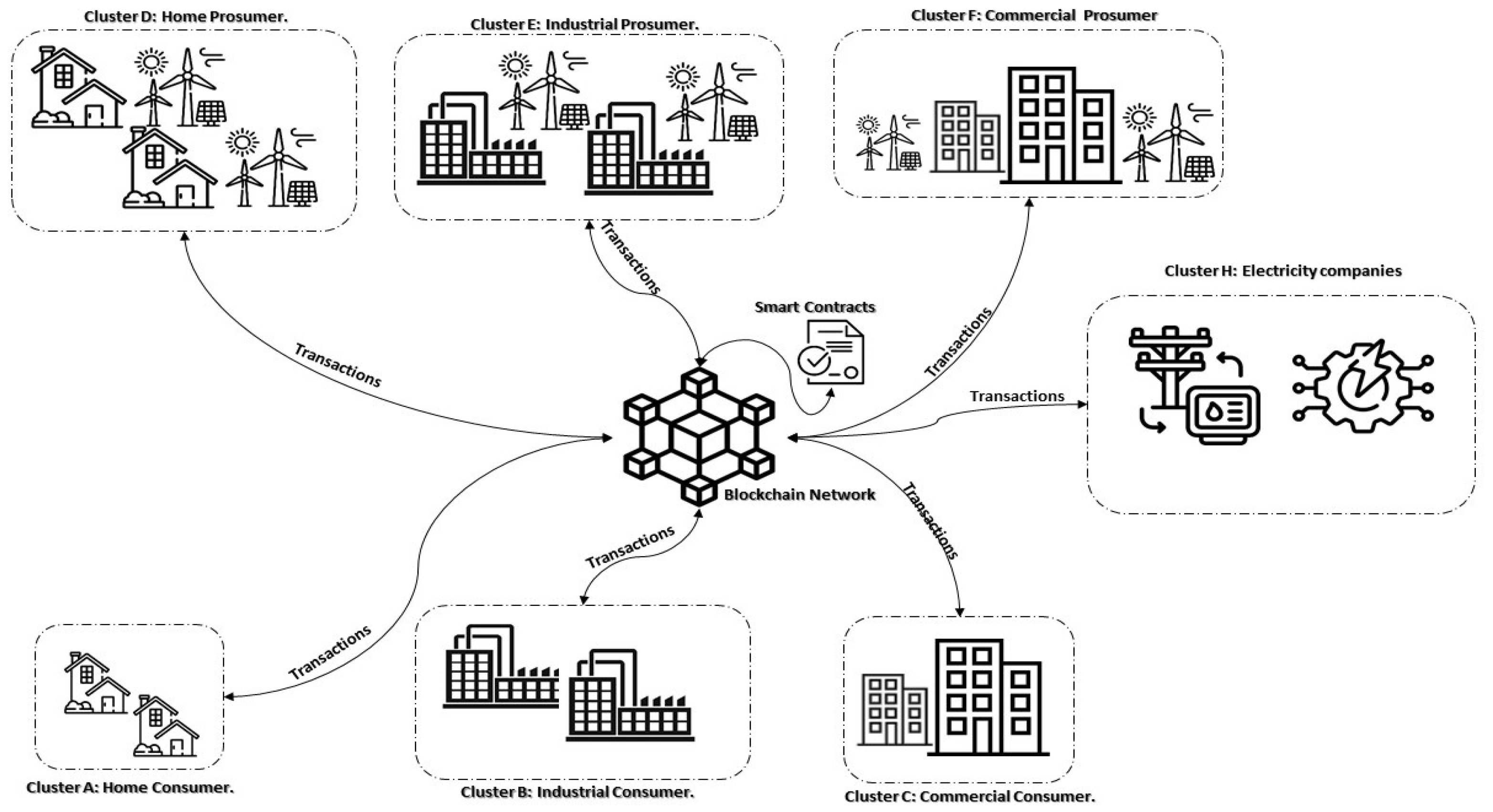




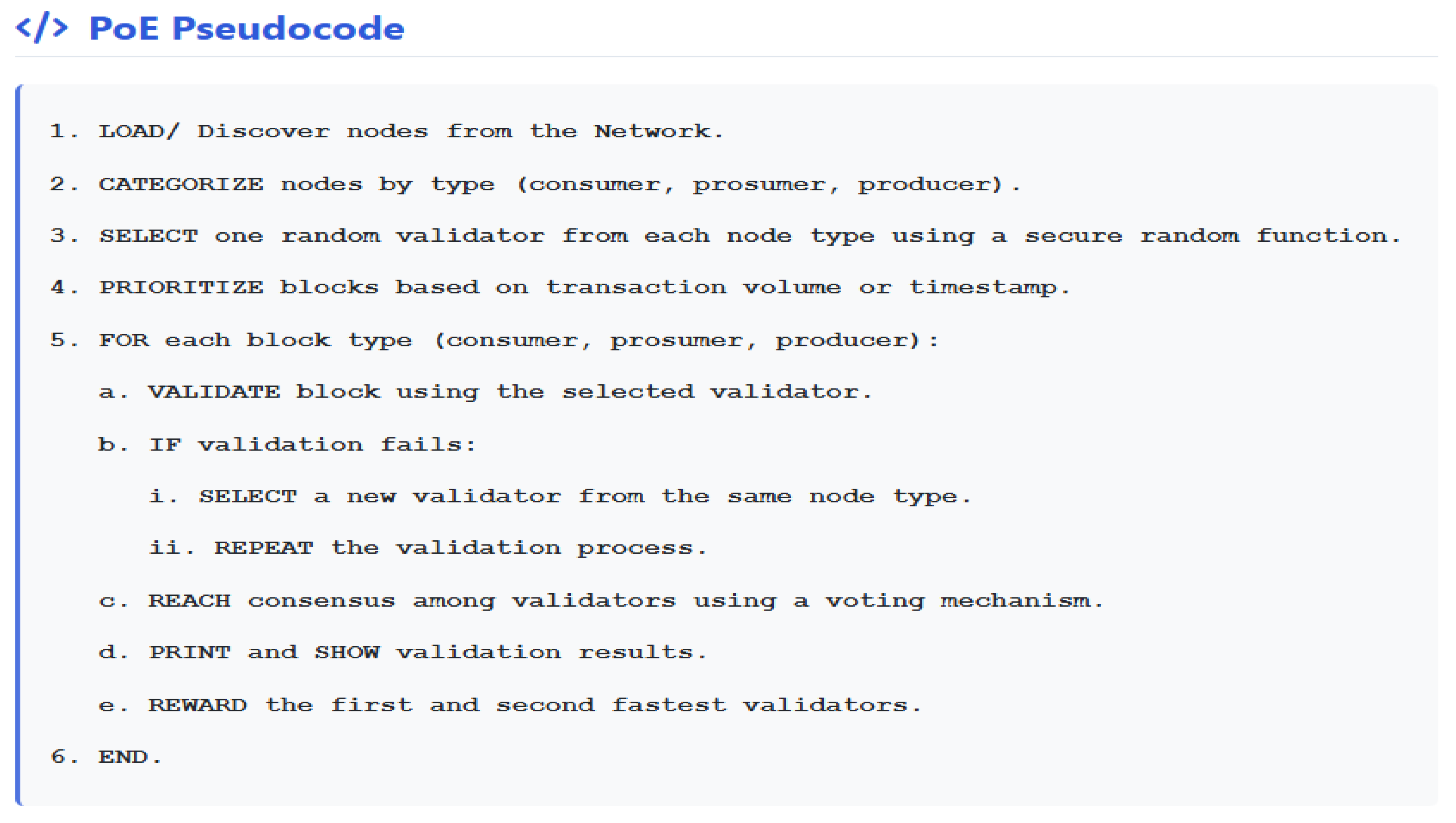

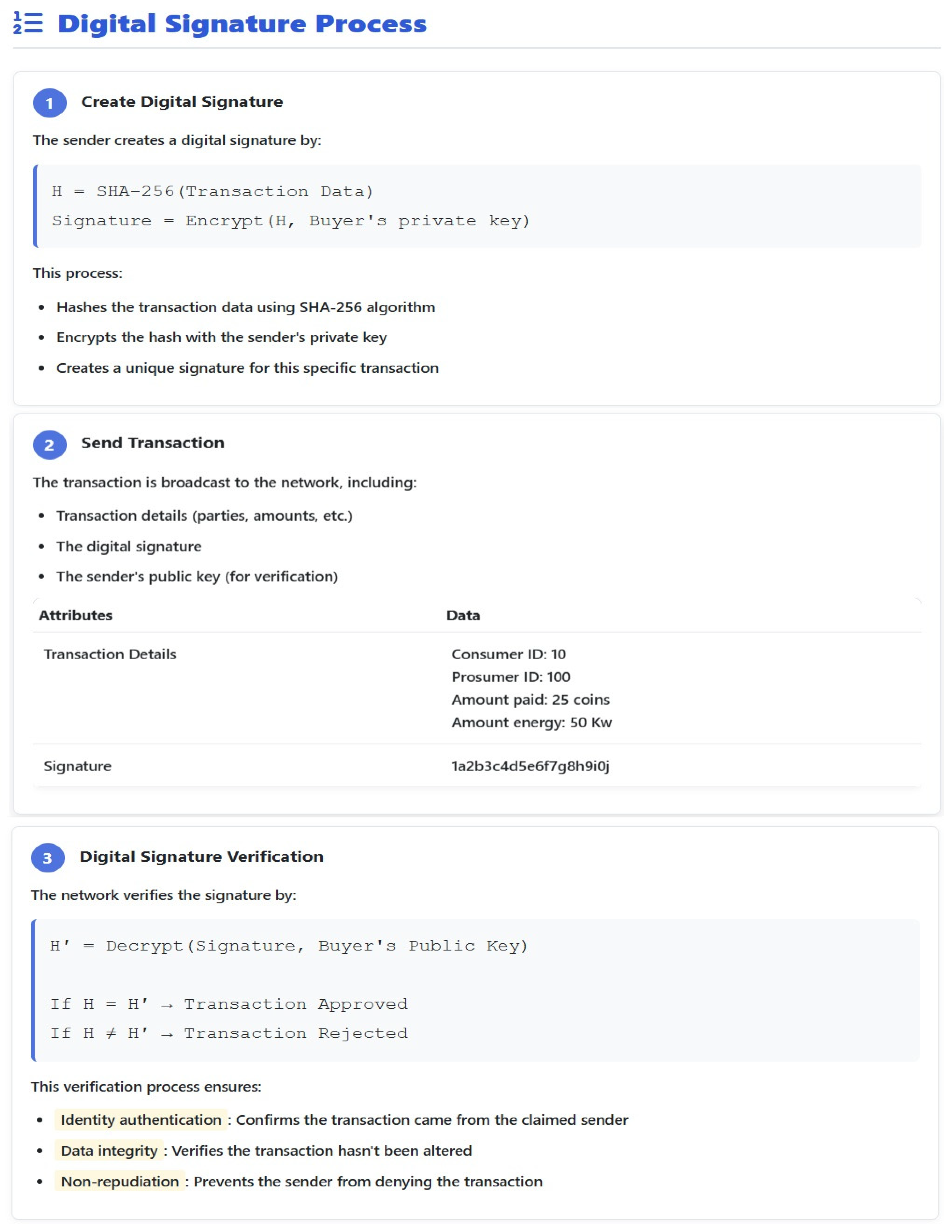


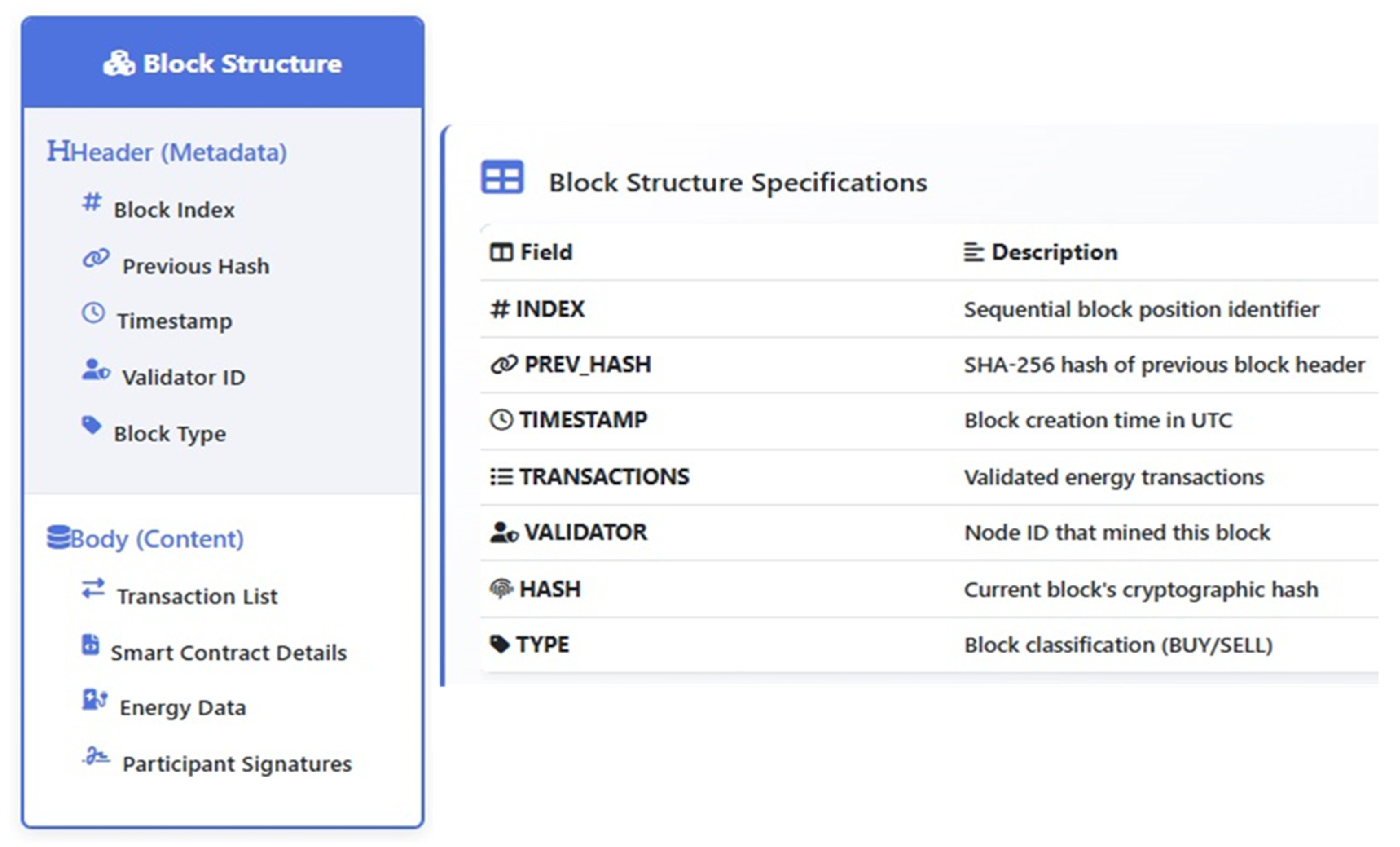
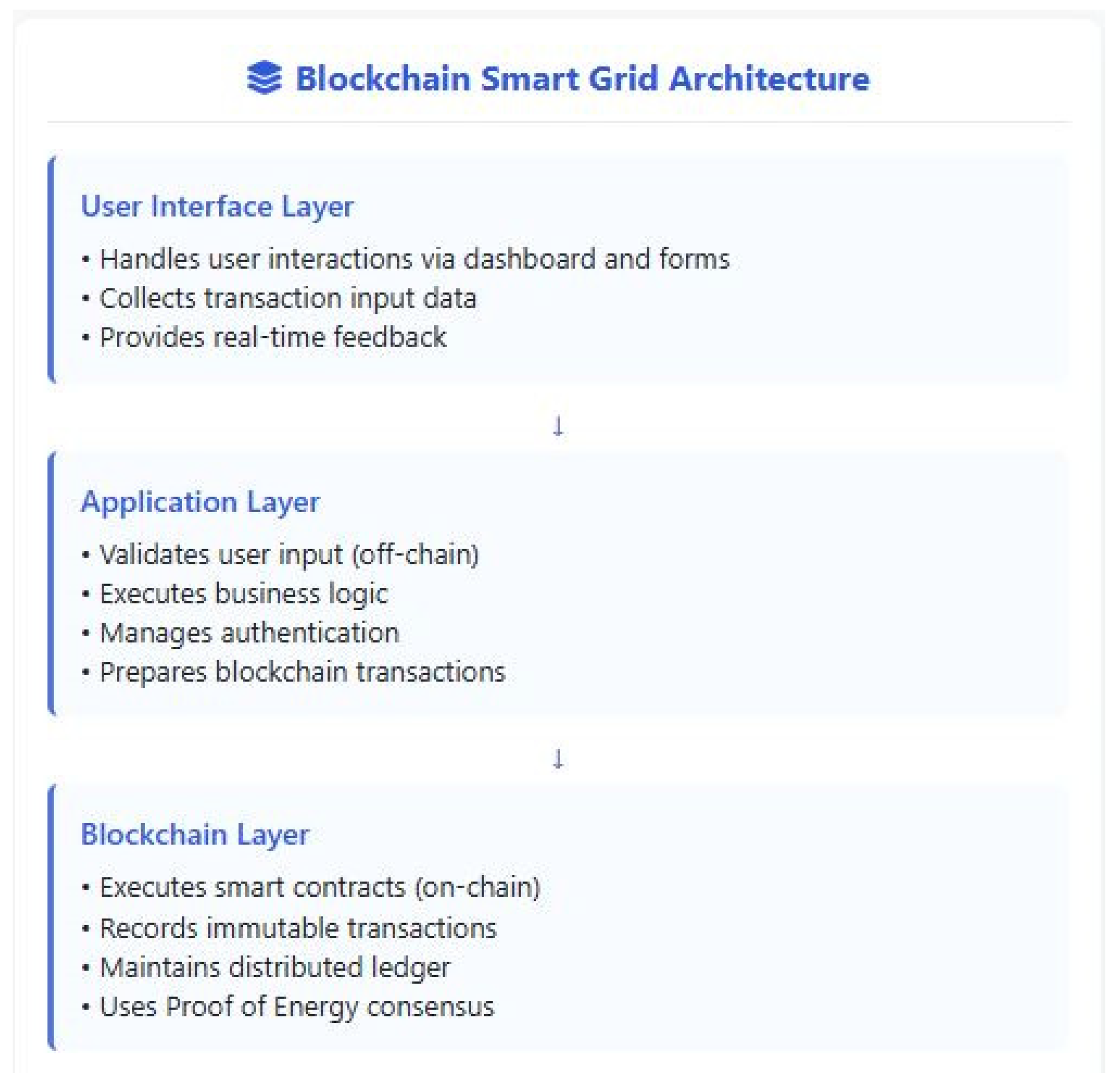
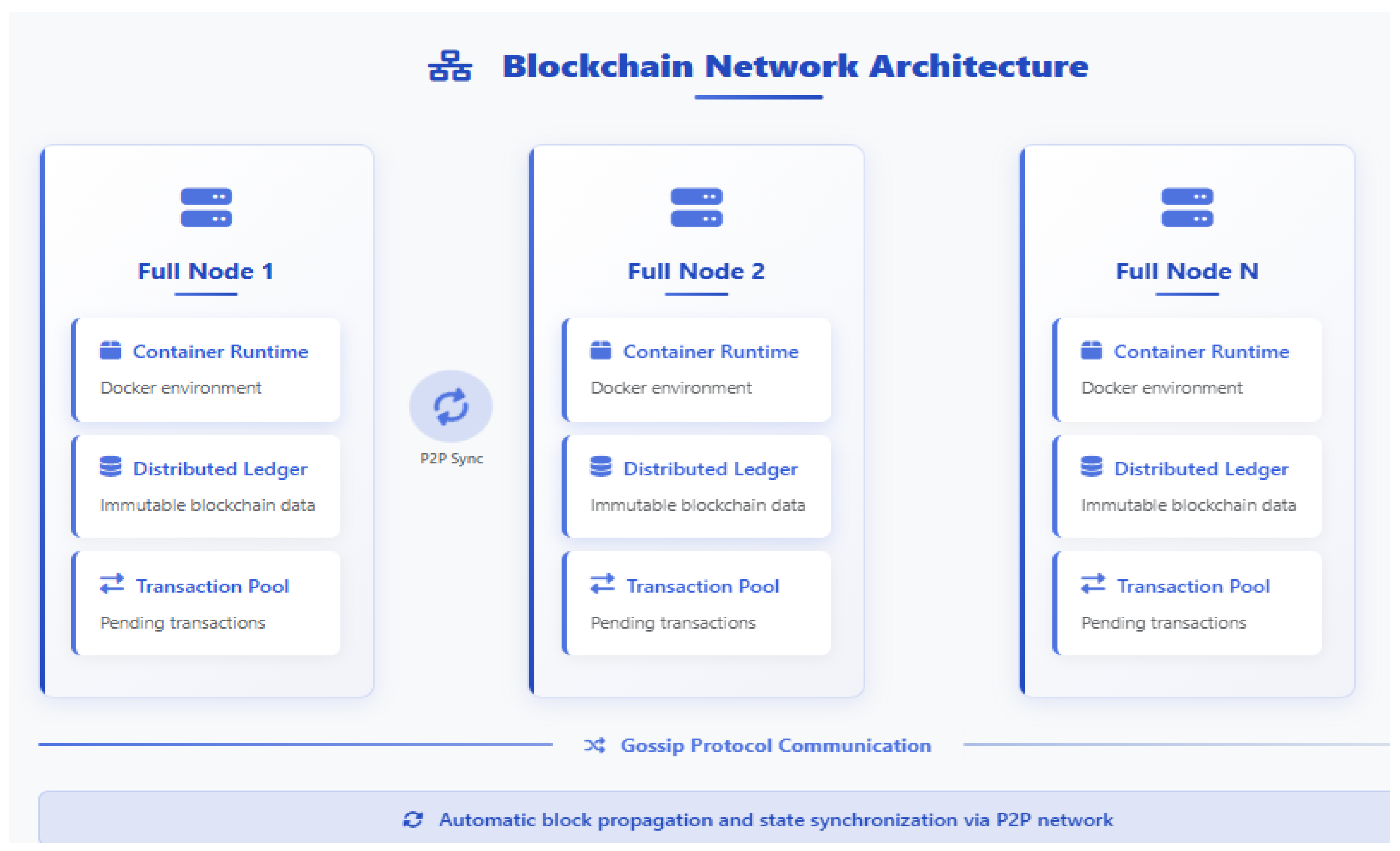
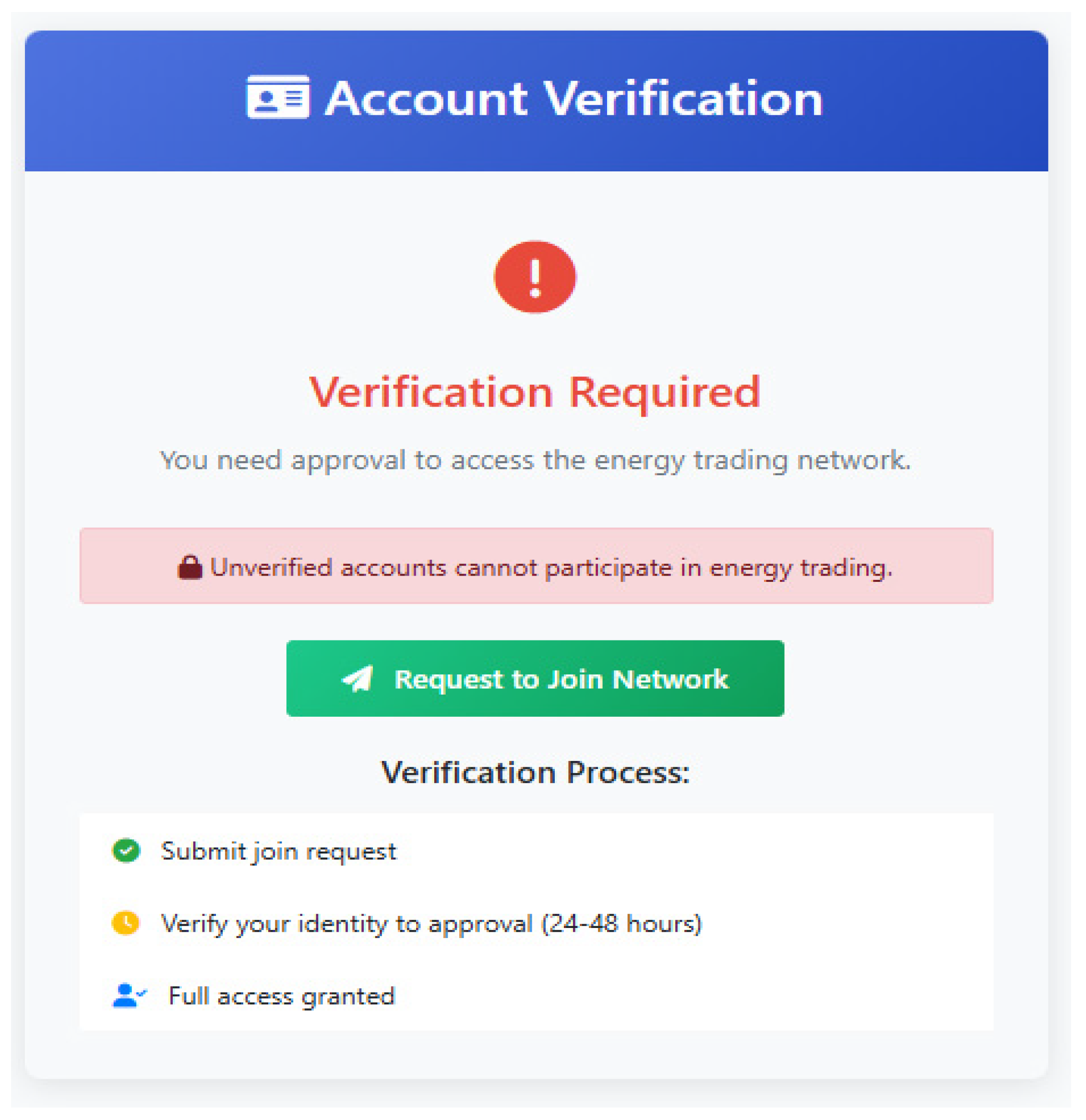

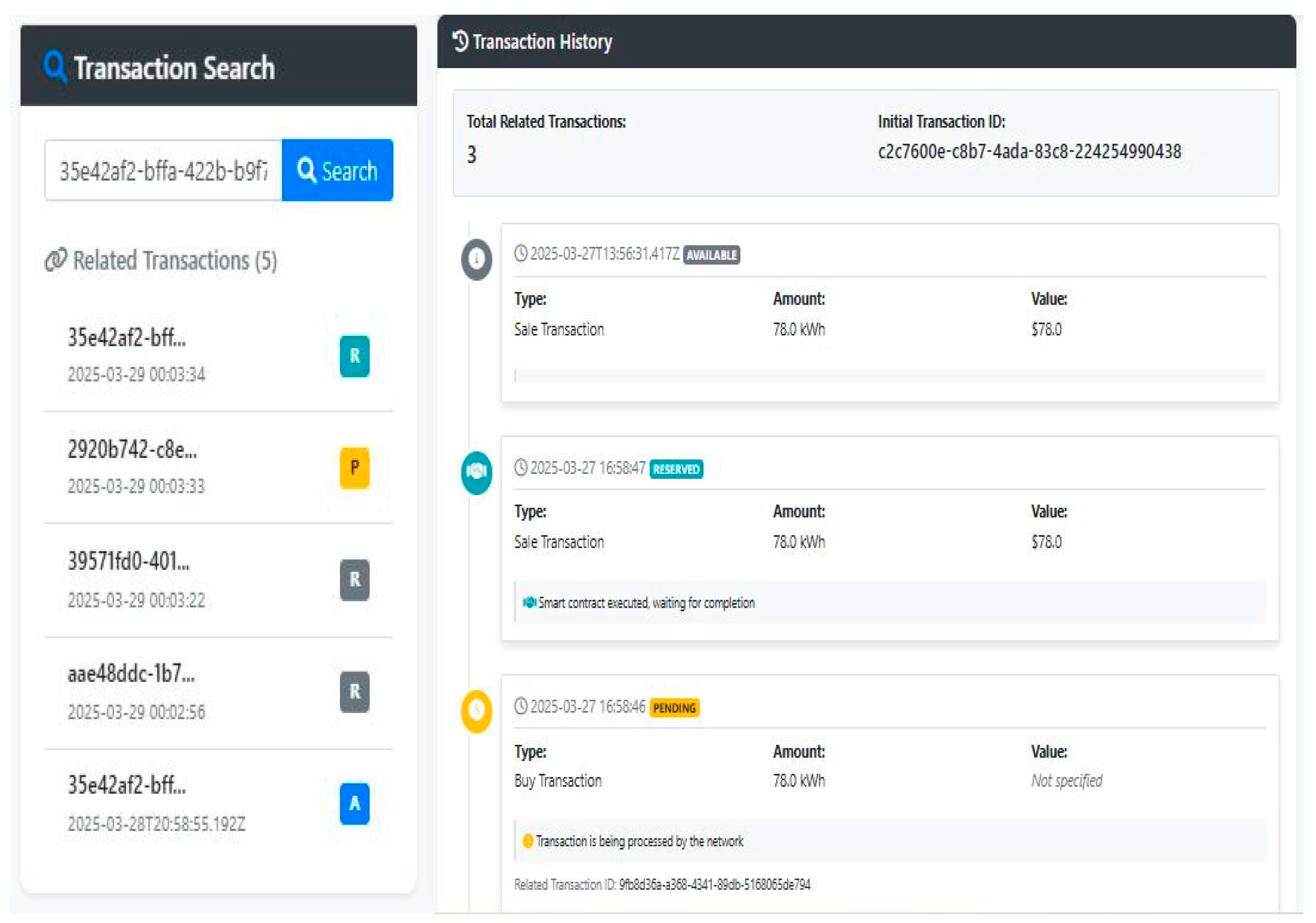
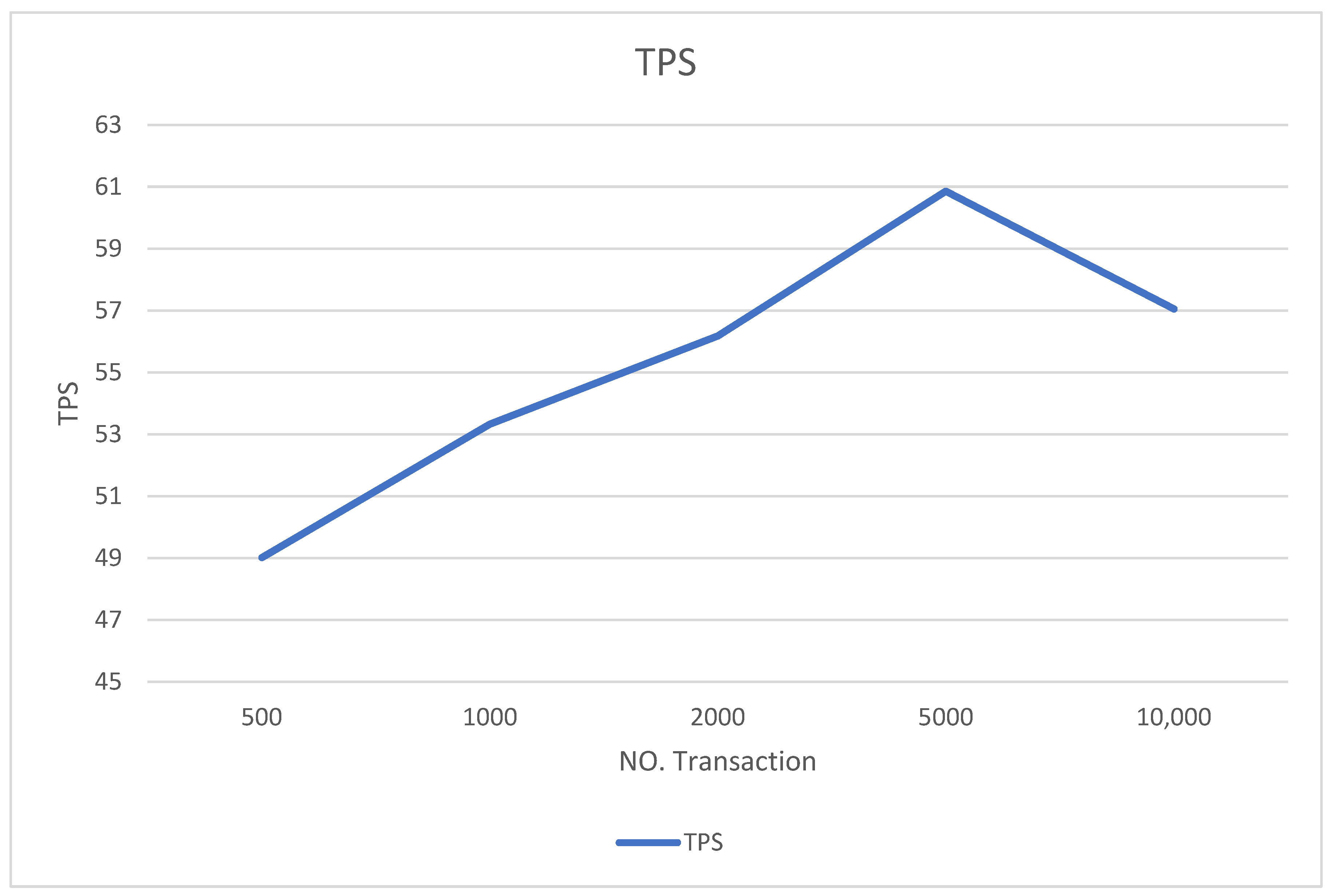

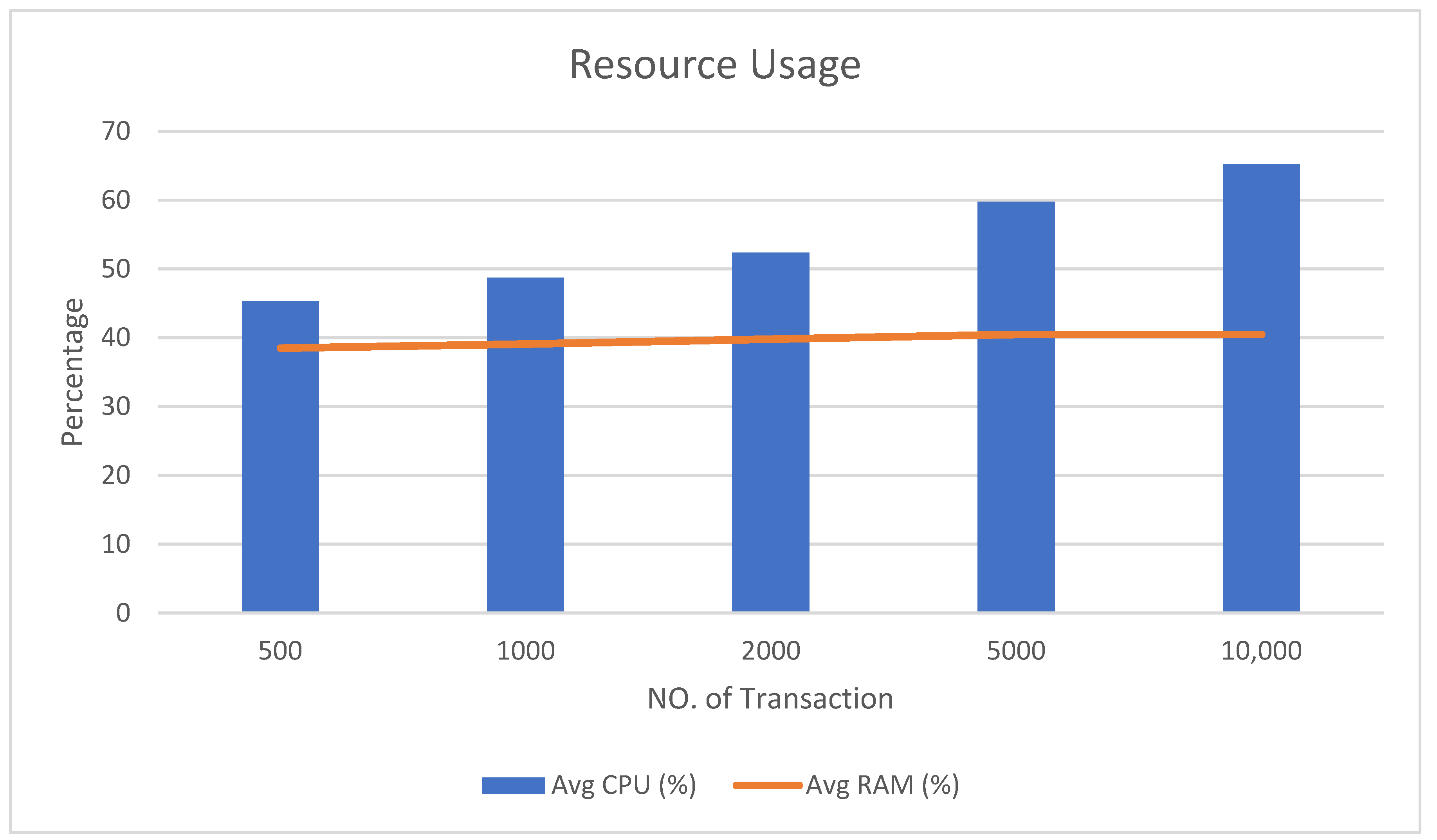
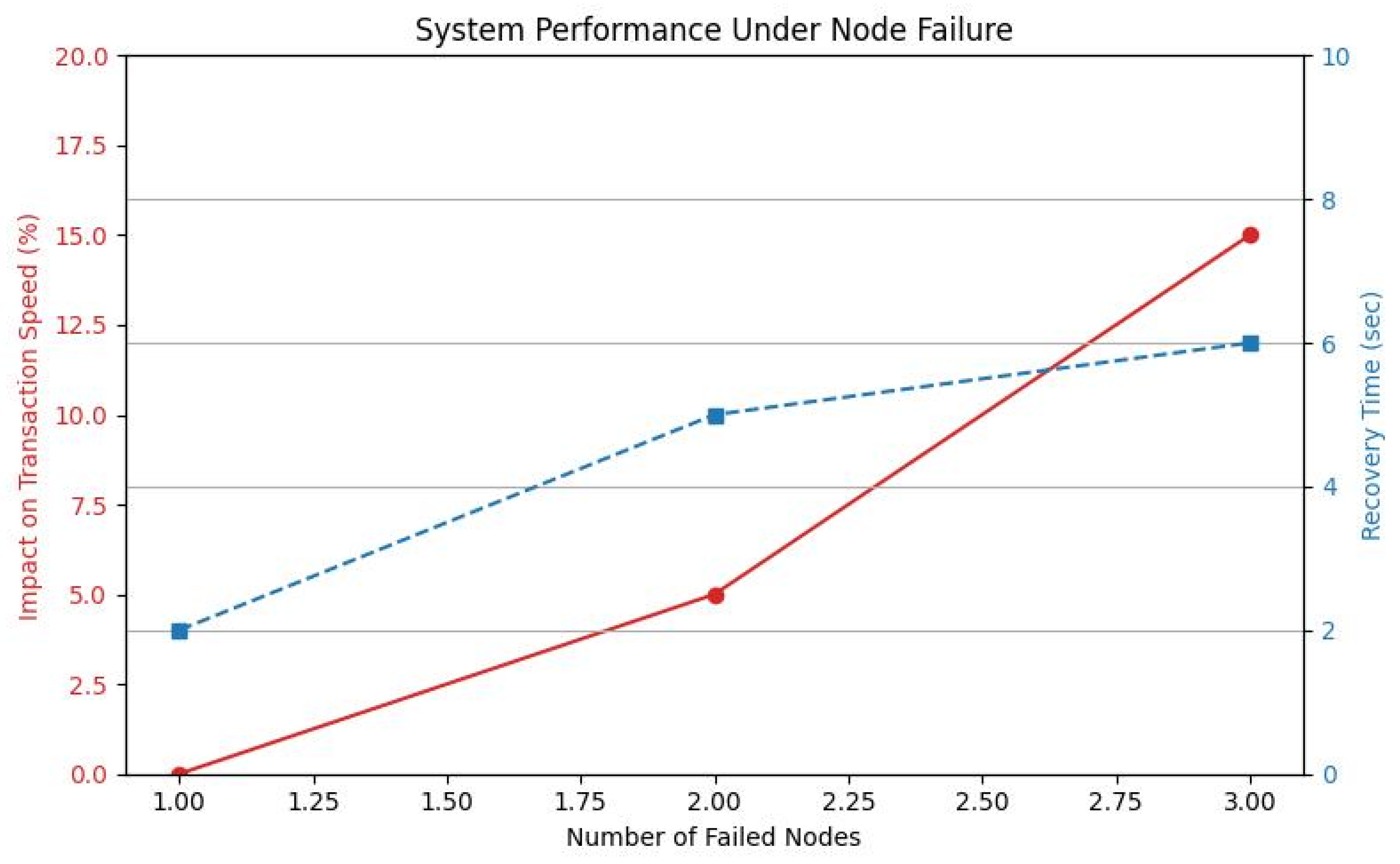
| Aspect | Study | [5] | [6] | [14] | [15] | [16] | [17] | [18] | [19] |
|---|---|---|---|---|---|---|---|---|---|
| Framework Presence | NO | YES | YES | YES | YES | YES | YES | NO | |
| Consensus mechanism | NO | PoW | PoW | PoW | PoW | Not mentioned | Not mentioned | NO | |
| Implementation | NO, it was not implemented because no framework was proposed. | YES | YES | YES, based on an open-source project. | YES | YES | YES | NO | |
| Protocol/Platform | NO | Ethereum | Ethereum | Private Ethereum | Specific implementation tools used in the study are not detailed. | Tender-mint protocol | Ethereum | NO | |
| Criteria Used for Evaluation | It contains only theoretical criteria for evaluating previous studies | Not mentioned | At each time step, it calculates the State of Charge values of node v at step t + 1. | Analysis of the impact of PV power generation on LEM prices. Weighted average of all local transactions. | Compute communication costs and computation time. | Fully addressed components (c1, c2, c3), partly addressed components (c4, c5, c6), and not fully addressed (c7). | Charging rate. Economic Impact and Cost Efficiency System Performance. | It contains only theoretical criteria for evaluating previous studies | |
| Scalability | Not mentioned | The system can accommodate various nodes and clusters, but Ethereum faces scalability challenges in terms of transaction throughput. | Not mentioned | Faces scalability issues | Not mentioned | Addresses the scalability of local energy trading through blockchain. | The study attempts to develop a new low-complexity control approach for large-scale EV charging, which is a direct indication of scalability, but encounters scalability issues in the case of large amounts of data. | Not mentioned | |
| Efficiency | Not mentioned | The architecture allows for efficient energy trading between producers and consumers through the use of tokens and smart contracts, promoting efficient transactions. | Shows improved efficiency in individual energy exchange compared to the no-exchange case in microgrids. | Not mentioned | The study demonstrates that individual energy exchange can improve efficiency compared to a no-exchange scenario in microgrids. | Not mentioned | The study discussed the use of optimization methods to achieve effective and smart energy management in the power system. | The positive and negative impacts of blockchain applications in the smart energy sector are investigated, which demonstrates the efficiency of the applications used. | |
| Security | Not mentioned | Security is addressed through the use of private keys and public keys to validate transactions and ensure the correct ownership of tokens. | Not mentioned | Distributed and secure databases | Using cryptography systems, Blockchain is guaranteed to provide privacy and secrecy to the stockholders. | Not mentioned | The security concerns are considered within the scope of the study. | The security provided by studies is presented. | |
| Transparency | Not mentioned | Provides transparency by recording and verifying transactions between producers and consumers. | The use of blockchain technology is expected to increase transparency and traceability in energy trading. | It provides transparency and reliability between stockholders. | The study highlights the use of a decentralized digital currency that provides bidirectional and transparent rewards to prosumers. | Not mentioned | Not mentioned | Not mentioned | |
| Real-Time Performance | Not mentioned | The study mentions a limitation in the Ethereum blockchain, which is its current capacity to process up to fifteen transactions per second. | Transactions on the Ethereum blockchain with block generation in 20–30 s. | The standard block creation time equals about 12 s | Average processing times: addition (1 ms), SHA-1 hashing (2.7 ms per block), and append (0.5 ms | Not mentioned | Although mathematical equations were defined to evaluate performance and calculate in real-time, they were not mentioned clearly and explicitly. | Not mentioned | |
| Test Case | Description | Input Parameters | Result |
|---|---|---|---|
| Valid Transaction | The transaction meets all conditions | Valid data inputs | Successfully Processed |
| Expired Contract | The contract has expired. | Expired contracts do not appear on the client-side application. | Rejected |
| Price too High/Low | The transaction price is outside the allowed range. | Price < Min or >Max | Rejected |
| Invalid Digital Signature | The transaction signature is invalid or tampered with. | Incorrect or forged signature. | Rejected |
| Action Execution | Contract executes a function/action | Smart contract call | Properly logged |
| Test Case | Condition/Description | Input Example or Type | No. of TXs | Rejected | Detection Success | Error Message/Observation |
|---|---|---|---|---|---|---|
| Valid Transaction | All rules met; signature valid | Valid structured input | 5 | 0 | ✓ Confirmed | Successfully processed |
| Data Altered (signature intact) | Data changed, but the signature was not updated | Change value, keep signature | 10 | 10 | ✓ Yes | Signature mismatch detected |
| Signature Altered (valid data) | Signature manipulated with valid input | Forged digital signature | 10 | 10 | ✓ Yes | Signature tampering detected |
| Data and Signature Altered | Both content and signature are invalid | Modified everything | 10 | 10 | ✓ Yes | Unauthorized modification attempt |
| Non-Numeric Amount | Text value in a numeric field | amount = “ABC” | 10 | 10 | ✓ Yes | Invalid amount format |
| Negative Value | Energy or amount set to a negative number | amount = −1 | 10 | 10 | ✓ Yes | The amount must be positive |
| Missing Fields | Incomplete data fields in the transaction | Missing ID, value, and address | 15 | 15 | ✓ Yes | Required fields missing |
| TX ID | Request Order | Timestamp | Status | System Response |
|---|---|---|---|---|
| TX001 | 1 | 12 April 2025 10:00:01 | Completed ✓ | Confirmed |
| TX002 | 2 | 12 April 2025 10:00:01 | Rejected ✘ | Already sold |
| TX003 | 3 | 12 April 2025 10:00:01 | Rejected ✘ | Already sold |
| TX004 | 4 | 12 April 2025 10:00:01 | Rejected ✘ | Already sold |
| TX005 | 5 | 12 April 2025 10:00:01 | Rejected ✘ | Already sold |
| Transactions | Total Time (s) | TPS | Avg Latency (s) | Min Latency (s) | Max Latency (s) | Avg CPU (%) | Avg RAM (%) |
|---|---|---|---|---|---|---|---|
| 500 | 10.20 | 49.02 | 1.85 | 0.92 | 3.10 | 45.30 | 38.50 |
| 1000 | 18.75 | 53.33 | 2.10 | 0.95 | 4.25 | 48.70 | 39.10 |
| 2000 | 35.60 | 56.18 | 2.45 | 1.10 | 5.58 | 52.33 | 39.80 |
| 5000 | 82.15 | 60.86 | 2.90 | 1.33 | 7.50 | 59.74 | 40.50 |
| 10,000 | 175.30 | 57.05 | 3.40 | 1.58 | 9.20 | 65.20 | 40.50 |
| Number of Failed Nodes | Recovery Time | Impact on Transaction Speed | Notes |
|---|---|---|---|
| 1 | Up to 2 s | No noticeable effect | Temporary failure of a single node; the system remained stable. |
| 2 | Up to 5 s | Minor impact | The system continued operating smoothly without user disruption. |
| 3 | Up to 6 s | Moderate delay | A slight delay was observed in transaction validation. |
Disclaimer/Publisher’s Note: The statements, opinions and data contained in all publications are solely those of the individual author(s) and contributor(s) and not of MDPI and/or the editor(s). MDPI and/or the editor(s) disclaim responsibility for any injury to people or property resulting from any ideas, methods, instructions or products referred to in the content. |
© 2025 by the authors. Licensee MDPI, Basel, Switzerland. This article is an open access article distributed under the terms and conditions of the Creative Commons Attribution (CC BY) license (https://creativecommons.org/licenses/by/4.0/).
Share and Cite
Shamaseen, A.; Qatawneh, M.; Elshqeirat, B. Smart Grid System Based on Blockchain Technology for Enhancing Trust and Preventing Counterfeiting Issues. Energies 2025, 18, 3523. https://doi.org/10.3390/en18133523
Shamaseen A, Qatawneh M, Elshqeirat B. Smart Grid System Based on Blockchain Technology for Enhancing Trust and Preventing Counterfeiting Issues. Energies. 2025; 18(13):3523. https://doi.org/10.3390/en18133523
Chicago/Turabian StyleShamaseen, Ala’a, Mohammad Qatawneh, and Basima Elshqeirat. 2025. "Smart Grid System Based on Blockchain Technology for Enhancing Trust and Preventing Counterfeiting Issues" Energies 18, no. 13: 3523. https://doi.org/10.3390/en18133523
APA StyleShamaseen, A., Qatawneh, M., & Elshqeirat, B. (2025). Smart Grid System Based on Blockchain Technology for Enhancing Trust and Preventing Counterfeiting Issues. Energies, 18(13), 3523. https://doi.org/10.3390/en18133523





